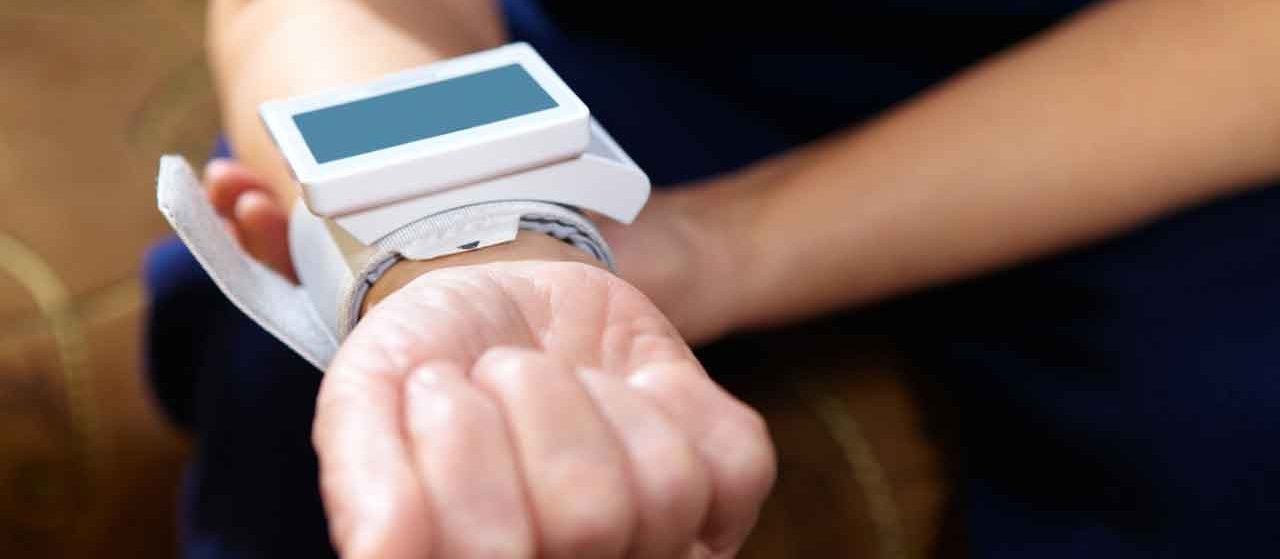Low Blood Pressure Symptoms

Feeling tired, dizzy, nauseous, sweaty, unusually thirsty, dehydrated, or have rapid, shallow breathing? Here’s what to do for low blood pressure symptoms.
If you’ve been to the doctor for a checkup, it’s likely that you’ve had your blood pressure taken. The monitor provides a reading of two numbers. Most of people have no idea what those numbers mean.
The top one, which is higher than the second, is called systolic pressure. It refers to the amount of pressure in your arteries when your heart contracts. The bottom number, called diastolic pressure, is the measurement between your heartbeats.
YOU MIGHT ALSO LIKE: Foods That Lower Blood Pressure
What is low blood pressure?
Normal readings have a top number less than 120 and a bottom number less than 80. If you have a reading of 90/60 (that’s 90 over 60) or lower, you may have low blood pressure.
Low numbers aren’t cause for alarm. It’s normal for your blood pressure to drop ocassionally. Low blood pressure symptoms include:
- Feeling tired
- Dizziness
- Nausea
- Sweating
- Depression
- Unusually thirst
- Dehydration
- Lack of focus
- Rapid, shallow breathing
- Blurry vision
If you have any of those symptoms, talk to your doctor.
What causes low blood pressure?
- Pregnancy due to an increase in blood flow from mother to baby
- Loss of blood from an injury
- Impaired circulation caused by faulty heart valves or a heart attack
- Being dehydrated
- Having a negative reaction to certain medications
- Anaphylactic shock or severe allergies
- Having bloodstream infections
- Diabetes
- Thyroid disease
You can still have low blood pressure and not have any of the above causes. This form of low blood pressure is called chronic asymptomatic hypotension. The good news is that it’s not usually harmful.
Other low blood pressure symptoms
Other types of low blood pressure include:
- Orthostatic
- Postprandial
- Neurally mediated
- Severe
Orthostatic low blood pressure is common. You might be lying down or sitting, then feel dizzy when you get up.
Postprandial low blood pressure symptoms happen right after eating a meal. Your blood pressure drops on a full stomach.
Neurally mediated low blood pressure occurs in children more often than in adults. It occurs when you stand for long periods of time. It can also happen during an emotionally upsetting time.
Severe low pressure can be fatal if it’s not treated right away. It happens during shock, which occurs when your organs don’t get the blood and oxygen they need to function.
Low blood pressure treatment
The type of treatment your doctor recommends depends on the cause. If you are dehydrated, for example, you should drink plenty of water. Staying hydrated prevents symptoms and can reverse low blood pressure. You will want to increase the amount of liquids you drink when it’s hot outside.
Avoid alcohol and caffeine. They can dehydrate your system. One alcoholic beverage or a cup of coffee or black tea is okay; just don’t overdo it.
It’s also a good idea to make sure you have enough salt in your diet because salt helps you stay hydrated.
Exercise daily to get your blood flowing. It really does make a difference and can normalize your symptoms of blood pressure.
Your doctor may prescribe medication for hypotension if the cause includes heart disease, type 1 or type 2 diabetes, or infection.
If you have orthostatic hypotension, treatment can be as simple as not crossing your legs when you sit and getting up slowly
If you experience shock from an accident, emergency medical personnel will give you fluids and medication to raise your blood pressure.
Low blood pressure is treatable. If you think you have symptoms, make an appointment to speak with your doctor.
Updated:
December 12, 2023
Reviewed By:
Janet O’Dell, RN